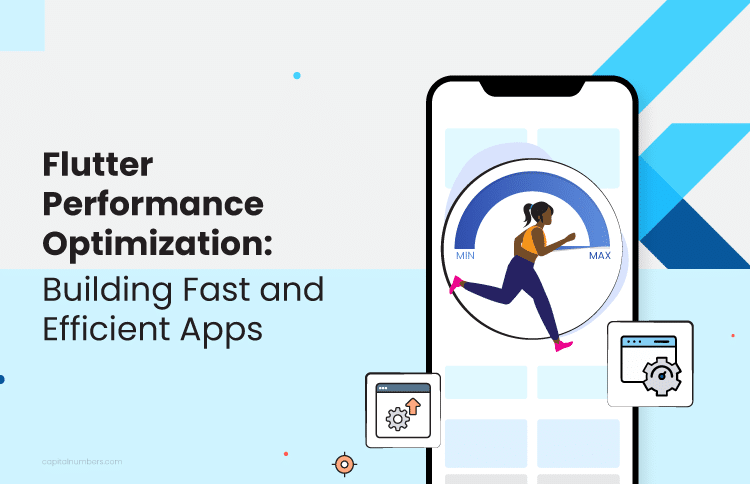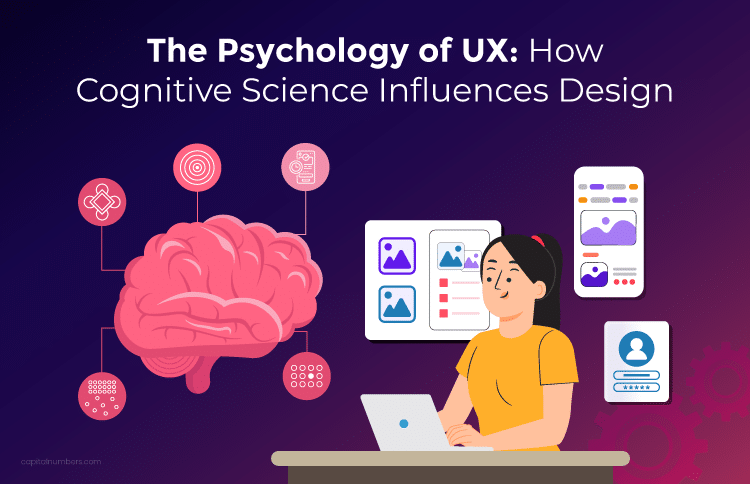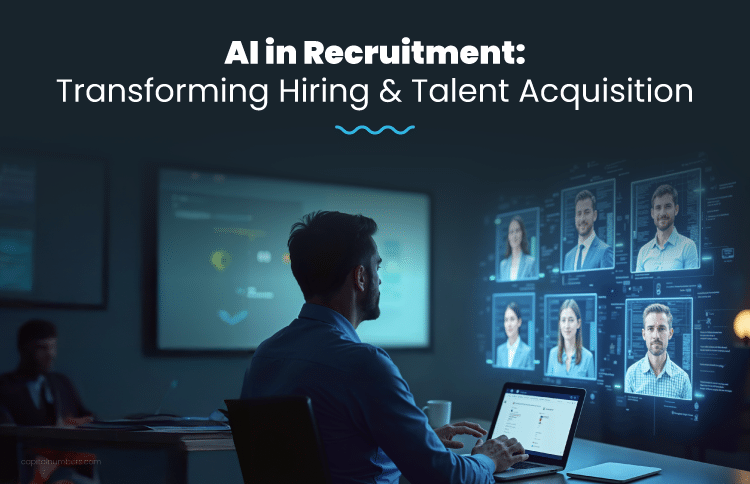AI for Business Leaders: Driving Innovation and Growth
Table of Contents
Artificial intelligence (AI) has rapidly evolved from a futuristic concept to a powerful business tool. It’s transforming industries by optimizing operations, enhancing decision-making, and uncovering new revenue streams. By utilizing the power of AI, businesses can gain valuable insights from data, automate tasks, and deliver personalized customer experiences.
Business leaders play a vital role in realizing AI’s full potential. Their vision and strategic guidance are essential for building a data-driven culture and overcoming implementation challenges.
This blog will explore how leaders can leverage AI to drive innovation and growth, offering practical strategies for integrating AI into business operations.
What is Artificial Intelligence?
Artificial Intelligence (AI) refers to the software system capable of performing tasks that typically require human intelligence. This includes learning, reasoning, problem-solving, perception, and language understanding. Key components of AI include:
- Machine learning: Machine learning (ML) is a branch of AI that uses data and algorithms to enable computer systems to learn similarly to humans and enhance their knowledge over time.
- Deep learning: A subset of machine learning that is inspired by the structure and function of the human brain, allowing systems to make complex decisions.
- Natural language processing (NLP): A subset of AI that allows computer systems to understand and interact using human language.
AI systems can be categorized into:
- Narrow AI: Designed for specific tasks (e.g., facial recognition, speech recognition, predictive maintenance and analytics).
- General AI: Hypothetical AI with human-level intelligence capable of understanding, learning, and applying knowledge across various domains.
- Superintelligence: A hypothetical AI surpassing human intelligence.
AI-Driven Strategies for Business Growth
AI can drive significant business growth at an accelerated pace. By leveraging its power, organizations can unlock new opportunities, optimize operations, and deliver exceptional customer experiences. Let’s explore how AI can be applied to achieve these goals through the following strategies.
1. Identifying Growth Opportunities through AI-Powered Data Analysis
- Uncovering hidden patterns: AI can analyze vast datasets to identify trends, correlations, and customer segments that may be overlooked by human analysts.
- Predictive analytics: Forecasting future market trends, customer behavior, and demand patterns to anticipate opportunities and risks.
- Market basket analysis: Understanding product relationships and customer buying habits to optimize product offerings and cross-selling strategies.
2. Developing AI-Driven Product and Service Innovations
- Customer-centric innovation: Utilizing AI to analyze customer feedback and preferences to develop products and services that truly resonate with the target market.
- Accelerated product development: AI can streamline the product development process by automating tasks, optimizing designs, and predicting product performance.
- AI-powered product features: Integrating AI capabilities directly into products to enhance user experience and create a competitive advantage.
3. Optimizing Marketing and Sales Efforts with AI
- Precision marketing: Leveraging AI to create highly targeted marketing campaigns based on customer data, demographics, and behavior.
- Lead scoring and qualification: Prioritizing sales leads based on their potential value and likelihood of conversion.
- Sales forecasting: Predicting sales trends and performance to optimize resource allocation and inventory management.
- Customer lifetime value (CLTV) prediction: Identifying high-value customers and tailoring marketing efforts accordingly.
4. Leveraging AI for Personalized Customer Experiences
- Real-time personalization: Delivering tailored recommendations, offers, and content based on individual customer preferences and behavior.
- Customer sentiment analysis: Understanding customer feedback and emotions to improve products, services, and customer interactions.
- Chatbots and virtual assistants: Providing efficient and personalized customer support through AI-powered conversational agents.
5. Improving Operational Efficiency and Reducing Costs with AI
- Process automation: Automating repetitive tasks to free up human resources for more strategic activities.
- Supply chain optimization: Improving inventory management, logistics, and procurement processes through AI-powered analytics.
- Fraud detection: Identifying and preventing fraudulent activities to protect revenue and reputation.
- Cost reduction: Optimizing resource allocation, energy consumption, and other operational expenses through AI-driven insights.
Developing a Clear AI Strategy and Roadmap
A well-defined AI strategy is essential for aligning AI initiatives with overall business objectives. It acts as a compass, guiding the organization towards AI-driven success.
1. Identifying Business Goals
The first step in developing an AI strategy is to clearly define the specific business problems AI can solve and the desired outcomes. This involves:
- Conducting a thorough business analysis: Understanding the organization’s strengths, weaknesses, opportunities, and threats (SWOT analysis) to identify areas where AI can create the most significant impact.
- Defining key performance indicators (KPIs): Establishing measurable metrics to track the success of AI initiatives and align them with overall business objectives.
- Identifying pain points: Pinpointing areas within the business that are inefficient or underperforming, where AI can potentially streamline processes and improve outcomes.
2. Selecting AI Use Cases
Once business goals are defined, the next step is to identify specific AI projects or use cases that align with these objectives. This involves:
- Prioritizing potential use cases: Evaluating various AI applications based on their potential impact, feasibility, and alignment with business goals.
- Conducting a feasibility assessment: Assessing the availability of data, resources, and expertise required for each potential use case.
- Creating a shortlist of high-impact projects: Focusing on AI initiatives that offer the greatest potential return on investment and strategic value.
3. Creating a Roadmap
With identified AI use cases, it’s time to develop a detailed roadmap outlining the steps to implement these initiatives. This includes:
- Setting clear objectives and timelines: Defining specific goals for each AI project and establishing realistic timelines for completion.
- Allocating resources: Determining the necessary budget, personnel, and technology for each AI initiative.
- Identifying dependencies and milestones: Identifying critical dependencies between projects and establishing key milestones to track progress.
- Building a cross-functional team: Assembling a team with diverse expertise, including data scientists, engineers, business analysts, and domain experts.
- Establishing a governance structure: Defining roles and responsibilities, decision-making processes, and communication channels for AI initiatives.
By following these steps, organizations can create a robust AI strategy that aligns with business goals, maximizes impact, and provides a clear roadmap for AI initiatives.
Overcoming Challenges in AI Adoption
AI has the potential to transform businesses, but integrating it can come with its share of challenges. Understanding these hurdles and developing strategies to overcome them is key to successful AI adoption.
Common Barriers to AI Adoption
- Lack of Data: Many organizations struggle with having insufficient or low-quality data, which is crucial for training AI systems. Without the right data, AI cannot deliver accurate insights.
- Talent Shortage: There is a notable shortage of skilled AI professionals who can develop, implement, and maintain AI systems, making it difficult for companies to fully leverage AI technologies.
- Ethical Concerns: The use of AI raises ethical questions around bias, transparency, and fairness. Ensuring that AI systems operate ethically and transparently is a complex but necessary task.
Strategies for Overcoming Challenges
- Addressing Data Issues: Investing in robust data collection and management systems can help ensure access to high-quality data. Collaborating with partners for additional data or using synthetic data can fill existing gaps. Utilizing data engineering services can further enhance data infrastructure, ensuring that data is organized and accessible for AI applications.
- Tackling Talent Shortage: Organizations can close the talent gap by investing in training programs to upskill existing employees and attract new talent. Hiring AI specialists from a software development company can provide immediate expertise. Additionally, partnering with educational institutions for internships can help build a pipeline of skilled AI professionals.
- Handling Ethical Concerns: Establishing clear guidelines and frameworks for ethical AI use is essential. This may involve setting up an AI ethics committee, conducting regular audits of AI systems, and ensuring transparency in AI-driven decision-making processes.
Need expert AI/ML development services to accelerate your business growth? Schedule a consultation today.
Measuring and Tracking the ROI of AI Initiatives
To keep AI initiatives moving forward, it’s essential to show tangible results. Effectively measuring and tracking the ROI of AI initiatives requires a structured approach.
1. Defining Key Performance Indicators (KPIs)
The first step is to identify the specific metrics that will measure the success of your AI project. These KPIs should align with the overall business objectives and the goals of the AI initiative. Some examples of KPIs include:
- Financial metrics: Increased revenue, cost savings, profit margin, return on investment (ROI).
- Operational metrics: Improved efficiency, reduced cycle time, increased productivity.
- Customer-centric metrics: Increased customer satisfaction, improved customer retention, higher customer lifetime value.
- AI-specific metrics: Model accuracy, prediction accuracy, false positive/negative rates.
2. Tracking AI Performance
Continuous monitoring of AI models and their performance is essential to identify areas for improvement and optimize their effectiveness. This involves:
- Data quality assessment: Ensuring that the data used to train and feed the AI model is accurate, complete, and relevant.
- Model performance evaluation: Regularly assessing the model’s accuracy, precision, recall, and other relevant metrics.
- Identifying bias: Detecting and mitigating any biases in the data or model to ensure fair and equitable outcomes.
- A/B testing: Experimenting with different model parameters and algorithms to optimize performance.
3. Calculating ROI
To determine the financial impact of AI initiatives, it’s essential to calculate the return on investment (ROI). This involves:
- Quantifying benefits: Estimating the monetary value of the improvements achieved through AI, such as increased revenue, cost savings, or risk reduction.
- Calculating costs: Determining the total cost of the AI project, including development, deployment, maintenance, and infrastructure expenses.
- Calculating ROI: Using the formula ROI = (Net Profit / Total Investment) * 100 to determine the profitability of the AI initiative.
- Considering intangible benefits: While not easily quantifiable, intangible benefits such as improved customer satisfaction or enhanced decision-making should also be considered when assessing overall ROI.
4. Communicating Results
Effectively communicating the value of AI to stakeholders is crucial for securing continued support and investment. This involves:
- Developing clear and compelling visualizations: Presenting AI performance and ROI data in a visually appealing and easy-to-understand format.
- Telling a compelling story: Narrating the success stories of AI initiatives to highlight their impact on the business.
- Demonstrating business impact: Quantifying the contribution of AI to overall business performance.
- Sharing best practices: Sharing insights and lessons learned with other departments helps the entire organization utilize AI more effectively.
By following these steps and continuously monitoring and refining AI initiatives, organizations can maximize the return on their AI investments and drive sustainable business growth.
You May Also Read: AI in eCommerce: Shaping the Future of Customer Engagement
Conclusion
AI is no longer futuristic but a tangible tool for driving business growth and innovation. By understanding its core principles, developing a strategic roadmap, and overcoming challenges, business leaders can leverage AI to unlock new opportunities and gain a competitive edge.
Building an AI-powered business won’t be easy, but it’s worth it. Leaders who take action and encourage new ideas will see big payoffs in the future.
Ready to transform your business with AI? Our team of AI/ML experts can help you develop custom solutions tailored to your specific needs. Contact us today for a consultation.















